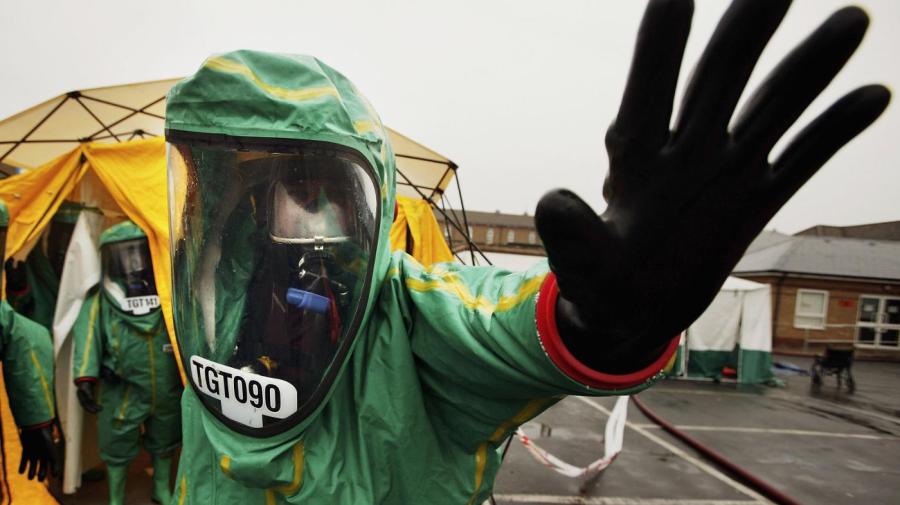What Are Some Harmful Effects of Bacteria?

Certain types of bacteria can cause diseases, such as, typhoid fever, syphilis, cholera, tuberculosis and foodborne illnesses. Antibiotics are used to kill harmful bacteria and the diseases they cause.
Bacteria are microscopic organisms that live naturally inside the human body. They aid in things like digestion and are needed for healthy bodily functions. However, not all bacteria are beneficial and one of the most common problems caused by harmful bacteria is foodborne illness.
In the United States, foodborne illnesses, most of which are caused by harmful bacteria, affect around 48 million people annually. This is often due to improper food handling, but harmful bacteria can be found throughout any stage of food production from harvesting or slaughter all the way to food storage in the home.
Foodborne illnesses are typically mild and go away on their own after a few days. However, some diseases caused by bacteria are far more serious. Anthrax, for example, is a serious disease that can affect humans who have come in contact with the bacteria called, Bacillus anthracis. Tuberculosis is common, but can be deadly. It is caused by the bacteria Mycobacterium tuberculosis which is spread through the air. Bacterial memingitis is also caused by bacteria and bacteria known as Neisseria meningitidis is to blame.





